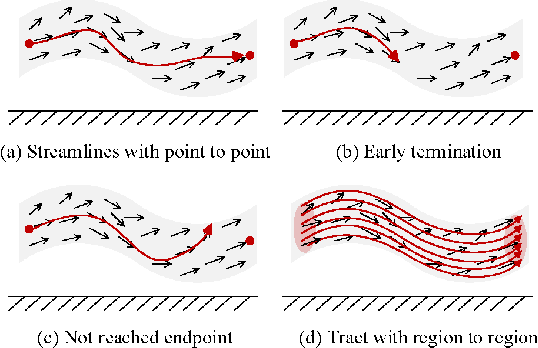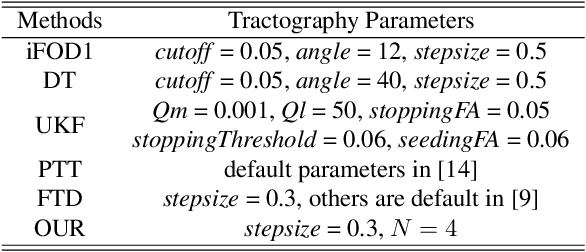Mingchu Li
iADCPS: Time Series Anomaly Detection for Evolving Cyber-physical Systems via Incremental Meta-learning
Apr 06, 2025Abstract:Anomaly detection for cyber-physical systems (ADCPS) is crucial in identifying faults and potential attacks by analyzing the time series of sensor measurements and actuator states. However, current methods lack adaptation to data distribution shifts in both temporal and spatial dimensions as cyber-physical systems evolve. To tackle this issue, we propose an incremental meta-learning-based approach, namely iADCPS, which can continuously update the model through limited evolving normal samples to reconcile the distribution gap between evolving and historical time series. Specifically, We first introduce a temporal mixup strategy to align data for data-level generalization which is then combined with the one-class meta-learning approach for model-level generalization. Furthermore, we develop a non-parametric dynamic threshold to adaptively adjust the threshold based on the probability density of the abnormal scores without any anomaly supervision. We empirically evaluate the effectiveness of the iADCPS using three publicly available datasets PUMP, SWaT, and WADI. The experimental results demonstrate that our method achieves 99.0%, 93.1%, and 78.7% F1-Score, respectively, which outperforms the state-of-the-art (SOTA) ADCPS method, especially in the context of the evolving CPSs.
Anatomy-guided fiber trajectory distribution estimation for cranial nerves tractography
Feb 29, 2024



Abstract:Diffusion MRI tractography is an important tool for identifying and analyzing the intracranial course of cranial nerves (CNs). However, the complex environment of the skull base leads to ambiguous spatial correspondence between diffusion directions and fiber geometry, and existing diffusion tractography methods of CNs identification are prone to producing erroneous trajectories and missing true positive connections. To overcome the above challenge, we propose a novel CNs identification framework with anatomy-guided fiber trajectory distribution, which incorporates anatomical shape prior knowledge during the process of CNs tracing to build diffusion tensor vector fields. We introduce higher-order streamline differential equations for continuous flow field representations to directly characterize the fiber trajectory distribution of CNs from the tract-based level. The experimental results on the vivo HCP dataset and the clinical MDM dataset demonstrate that the proposed method reduces false-positive fiber production compared to competing methods and produces reconstructed CNs (i.e. CN II, CN III, CN V, and CN VII/VIII) that are judged to better correspond to the known anatomy.
 Add to Chrome
Add to Chrome Add to Firefox
Add to Firefox Add to Edge
Add to Edge